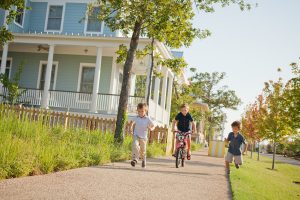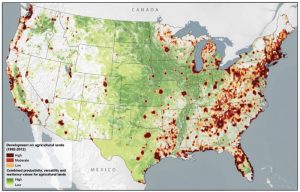To Build the Cities of the Future, We Must Get Out of Our Cars
Author: ROBERT KUNZIGOutlet: National GeographicPublished: March 27, 2019Link to Article Articles 0
The 20th Century family for whom suburban subdivisions were envisioned is no longer the statistical norm. In addition, young people are looking for an urban lifestyle, and so are many of the parents left behind. To build the cities and towns of the future, National Geographic explores the need to fix the recent mistakes and misconceptions of automobile focused suburbia.
